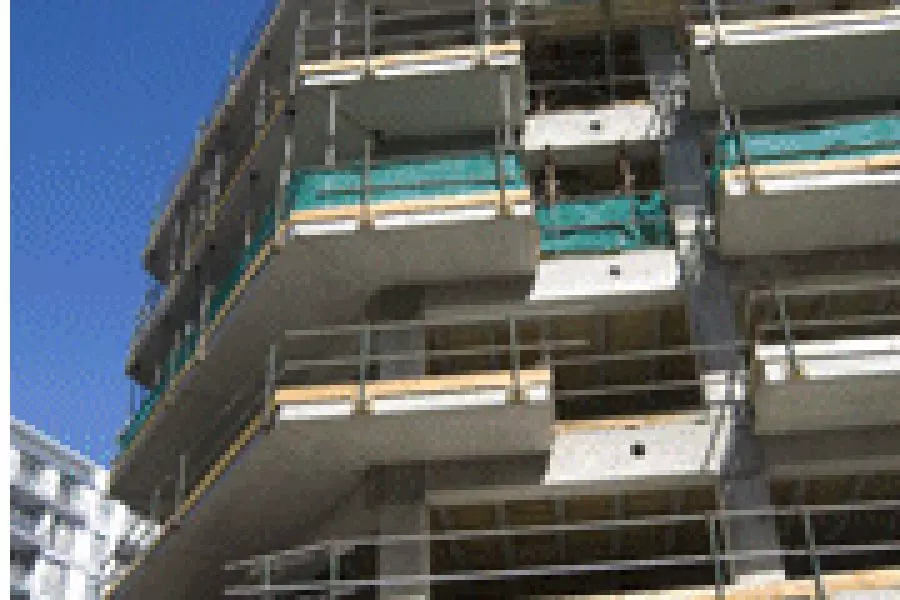News
Optioning commercial alternatives

Wednesday 25th of May 2016
Commercial property returns are now at the highest since the GFC, according to the Property Council’s Quarterly Property Index for the first quarter of 2016.
The index showed there was a total annualised return of 13.9% for the year-ending March 2016.
This was up on the 12.5% return to December 2015 and on the ten-year average return of 9.9%.
When broken d...
Want to read the full article?
Click the button below to subscribe and will have unlimited access to full article and all other articles on the site.






![[The Wrap] Bye Bye Bayly](https://goodreturns.publit.io/file/c_fill,w_900,h_600/39f23ac1-f7c7-4854-b700-a150004ebbac.webp)


